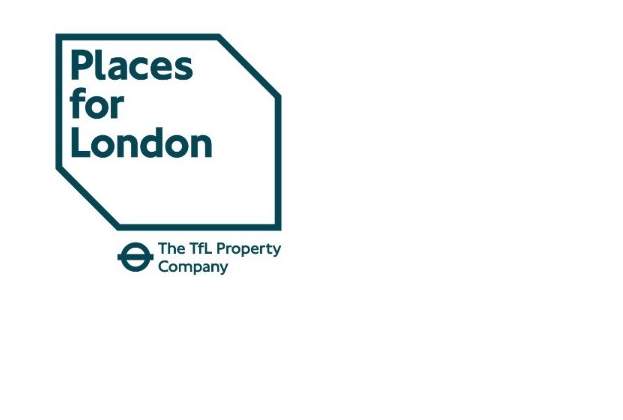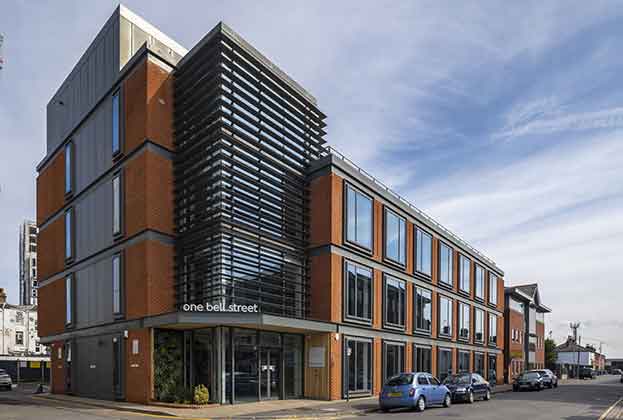Discussion of UK office occupier trends this year has largely focused on how tenants are, and will, undertake a ‘flight to quality’ and that if a landlord can’t offer this ‘quality’ their space won’t be in demand.
However, practically speaking, quality space post-Covid-19 is a similar product to what it was pre-pandemic: tenants’ expectations are focused around space with good transport links, with access to amenities and with high ESG and wellness credentials.
In terms of the latter, we were already observing this trend pre-Covid-19, but it’s definitely been increasingly prioritised in the last 18 months: many occupiers are looking for better ventilation rates, ideally with floor-by-floor air handling plant so air isn’t recirculated throughout a multi-let building.
Buildings that allow their occupants to monitor and control internal environmental conditions through intelligent building apps are also attractive. Top quality end-of-journey facilities were already in demand for cyclists and runners, but as more staff try to avoid using busy Tubes and buses, these, alongside access to communal or private outside space, are going to continue to dominate occupier demands.
We’re also seeing significant demand for lease flexibility (although this is a trend after any downturn, and isn’t peculiar to Covid-19) and – crucially – a significant preference for space that is ready to go; post-Covid-19 tenants seem to have less time for 'fitting out'.
As a landlord in this market, when should you therefore be proactively fitting out to a minimum category A+ standard, to deliver the above?
- Size When it comes to size, the trend is upwards. Initially most landlords focused on sub 2,500 sq ft units, but now we are seeing multiple Cat A+ deals at 6,000 sq ft and above. We believe this will continue, but the level of fit out will decrease the larger you go to allow tenants to personalise some space to get their ideal office. This is a trend echoed in the US, where smaller spaces are regularly delivered built, opposed to larger spaces which are more likely to be supplied ‘raw’.
- Densities Is it best to fit out to a maximum ratio of 1:6 or keep it at 1:10/12? Our view is plan for the maximum. In the post Covid-19 world, staff may spend more time working from home, but there will be days when everyone is in. Businesses still want to make their office work for them and be efficient.
- When should you fit out a floor? If you have multiple identical or similar floors, this is a perfect opportunity to fit one out. Not only does this reduce the letting void for that floor, it also engages the market on the rest of the building. It’s sensible to leave space for those occupiers who have very bespoke fit outs, but these occupiers tend to be in the minority, or they can adapt a Cat A+ fit out to meet their needs.
- How much fallow space to leave? The larger the floor, the higher the likelihood more space should be left 'fallow', but this depends on the shape of the floor and the number of floors being leased. You can afford to go a little further on the fit out if you have multiple identical floors.
- How do you measure the value of your fit out? Premium terms, or reduced void periods, or both? Firstly, consider the period over which you will amortise the cost of the fit out. Over 10 years, good returns can be made on your investment even if you assume multiple lettings during this period. Over five years, the margins are smaller but still stack up, especially when an assumed reduction in void is taken into account. When it comes to terms, typically we are seeing 5-10 per cent rental premiums and around half the rent free incentive, although this varies depending on market factors.
Further information
Contact Freddie Corlett or Jack Williamson
A guide for tenants: office trends from 2021 and the different types of space





.jpg)

.jpg)
.jpg)

(1).jpg)